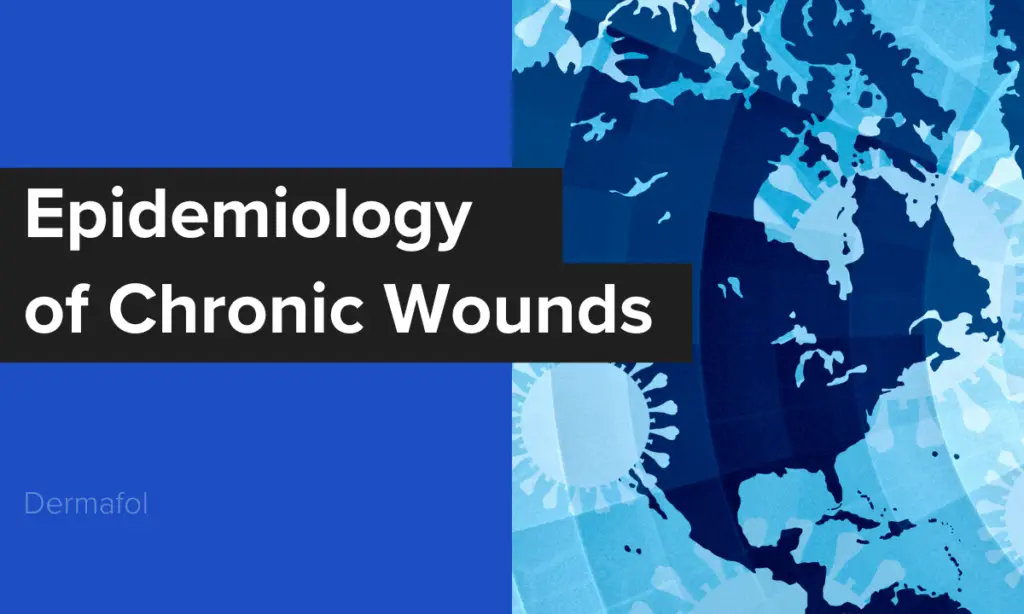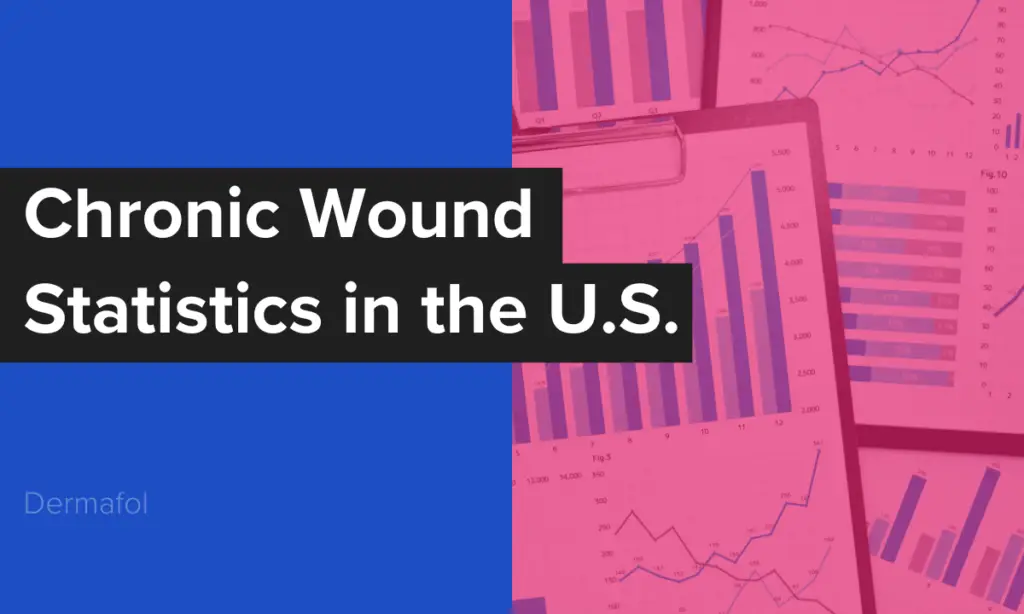Bioengineered Skin Substitutes: Revolutionizing Wound Care and Opening New Markets

Discover the groundbreaking world of bioengineered skin substitutes, where innovation meets healing. These advanced products are revolutionizing wound care by mimicking natural skin, offering hope for patients with severe burns, chronic ulcers, and genetic skin disorders. From the evolution of skin grafts to the latest in 3D bioprinting and smart materials, this field is rapidly advancing, promising improved outcomes and new market opportunities. Join us as we explore the journey of these remarkable technologies, their real-world applications, and the future of wound management that could change lives forever.
The Epidemiology of Chronic Wounds

Chronic wounds pose a significant global health challenge, affecting millions and straining healthcare systems. With a prevalence of 2.21 per 1000 population, these wounds, including venous, pressure, arterial, and diabetic foot ulcers, demand urgent attention. Understanding their epidemiology is crucial for effective prevention and resource allocation. As the aging population and chronic diseases rise, the burden of these wounds is expected to increase. Discover the complexities of chronic wounds, their risk factors, and the pressing need for improved management strategies to enhance patient outcomes and reduce recurrence rates. Let’s dive in.
Chronic Wound Statistics in the United States

Chronic wounds pose a significant public health challenge in the United States, impacting millions and straining the healthcare system.
With approximately 10.5 million Medicare beneficiaries affected, the burden of these non-healing wounds is particularly pronounced among the elderly.
From venous and pressure ulcers to diabetic foot ulcers, each type presents unique challenges and risks, including high recurrence rates and increased mortality.
Understanding the epidemiology and economic implications of chronic wounds is crucial for developing effective prevention and management strategies.
Discover the alarming statistics and insights that highlight the urgent need for improved wound care and access to treatment.
